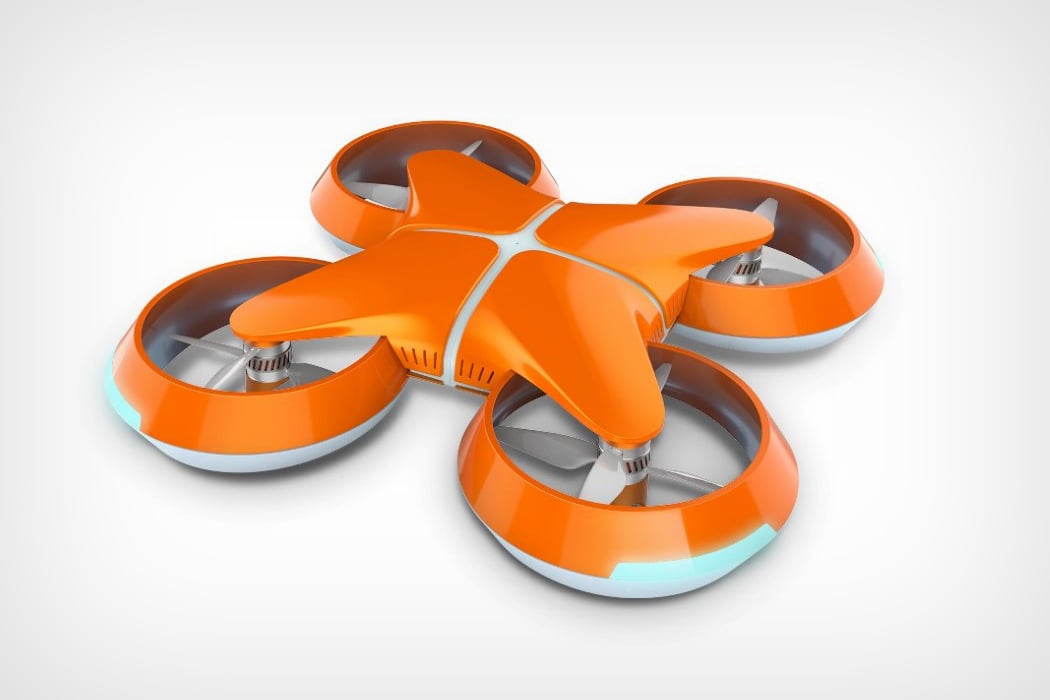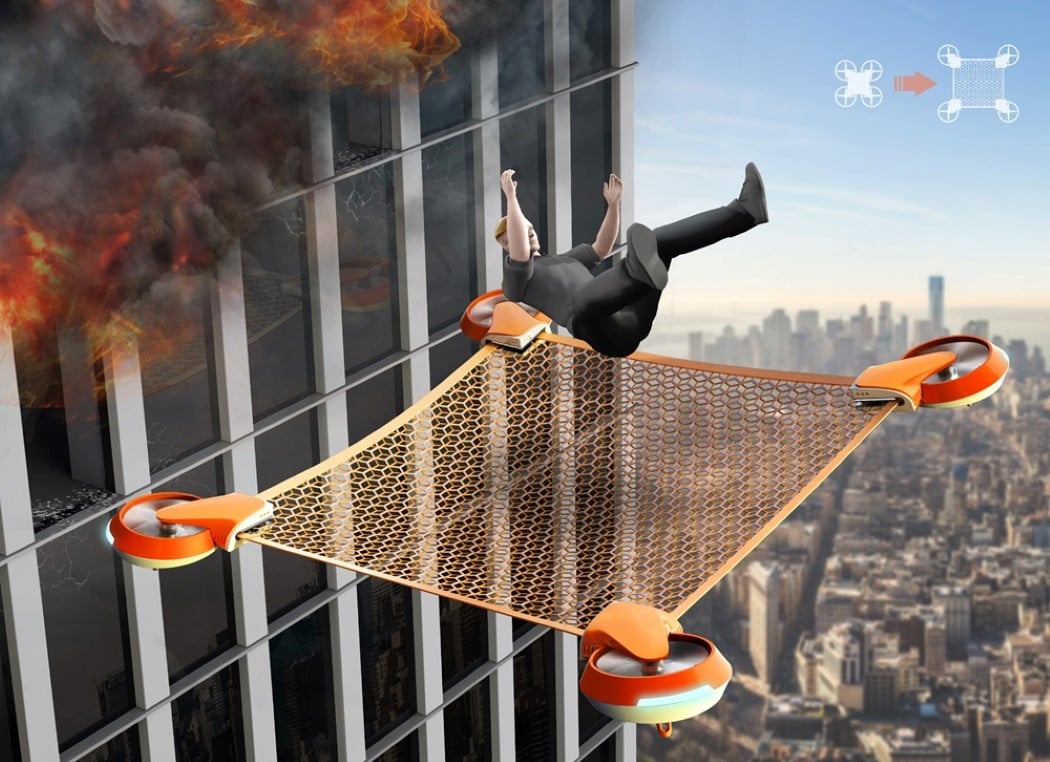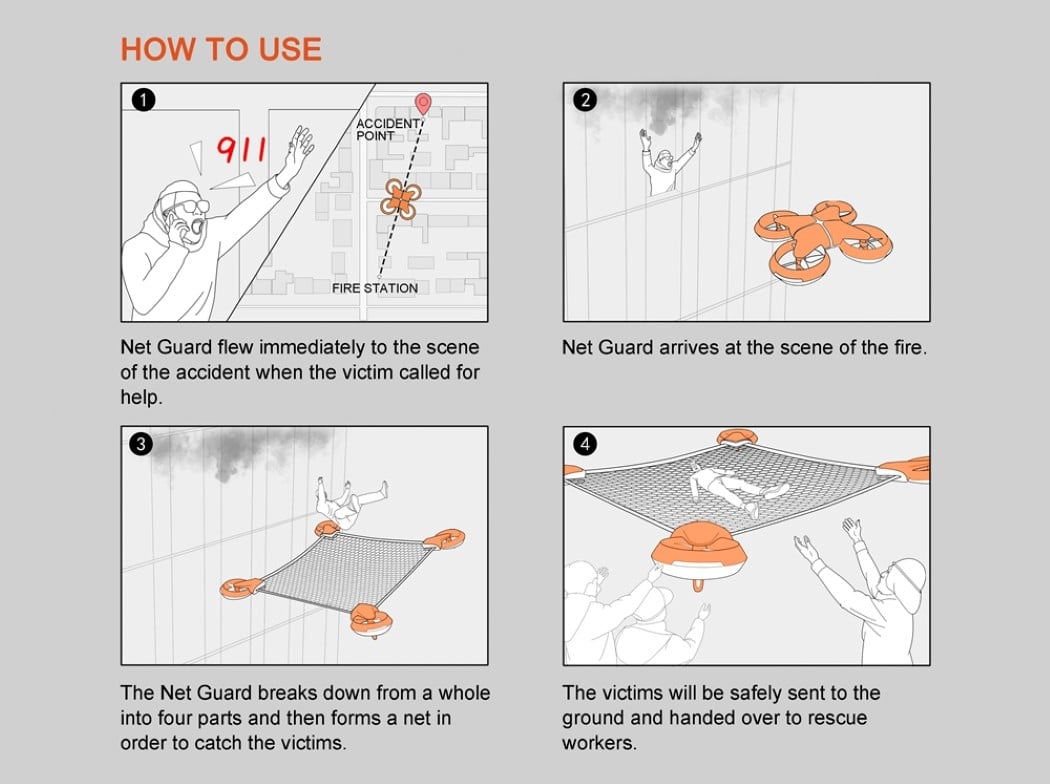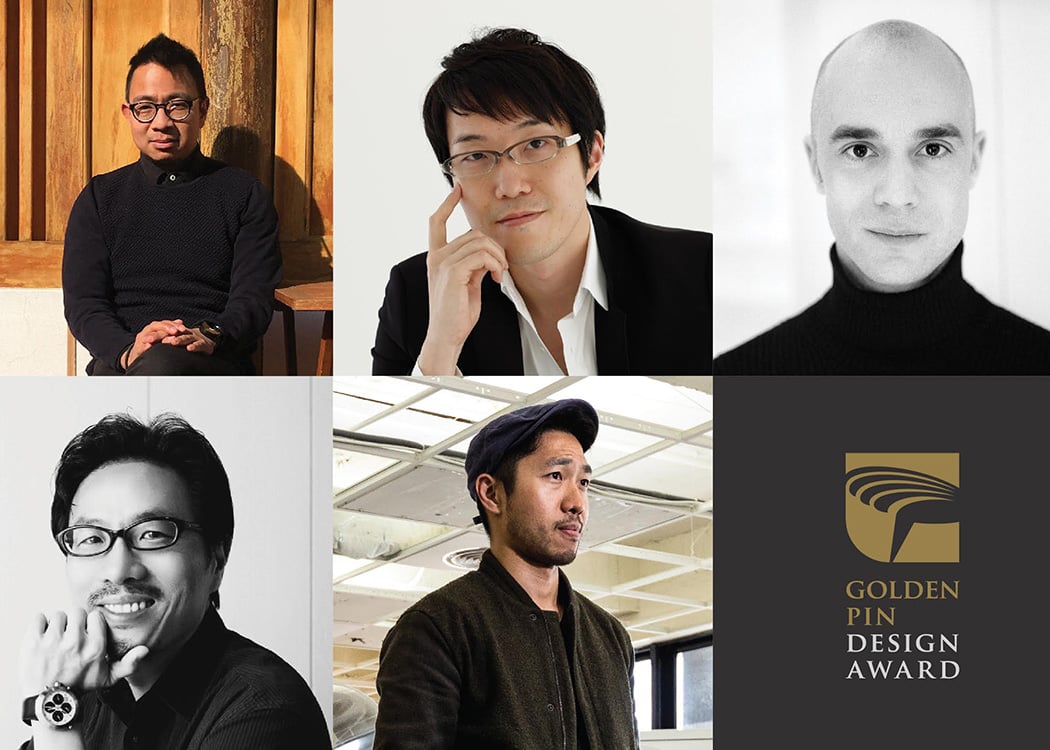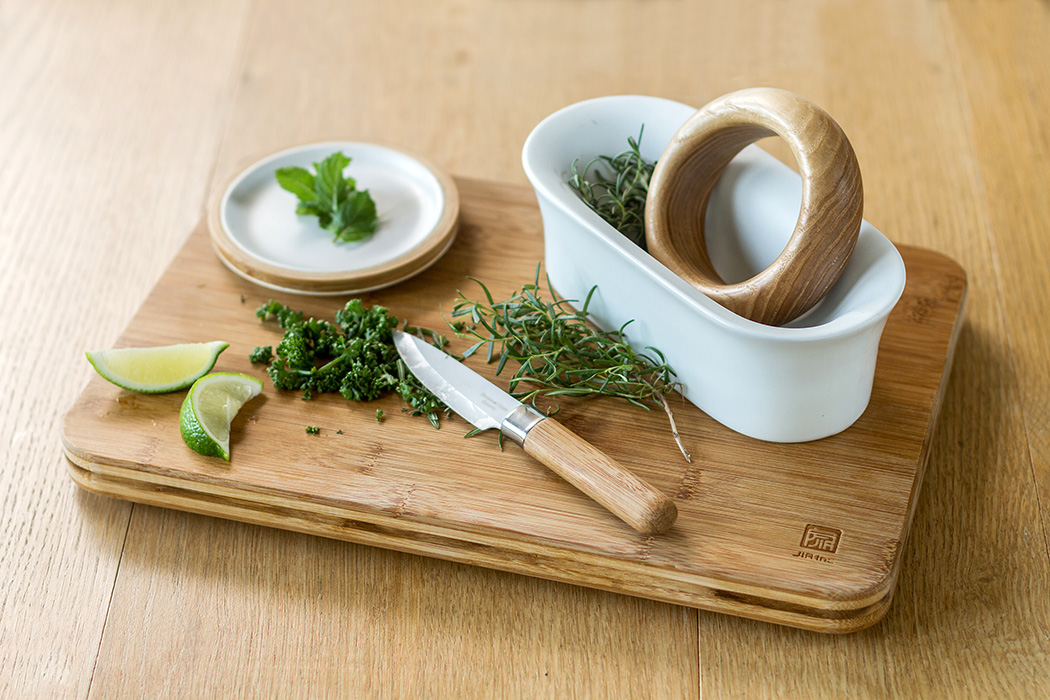I’ve always maintained that a robot should be built to do things humans can’t. Drones also fall in the same category. We can teach drones to perform high-risk activities and pull off rescue attempts that a human couldn’t do, either because of physical limitations, or because of health risks. This is the Net Guard Drone. It falls perfectly into the category I just described… well, ‘falls’ may not be the most appropriate word.
The Net Drone is a single unmanned aerial vehicle (UAV) made together by joining four identical quadrants with propellers. The drone takes off into the sky to rescue victims stuck at the top of high-rises in the event of a calamity requiring evacuation. It then, promptly, splits into four parts, as a safety net unfurls between the individual parts, creating a protective bed the victim can jump onto. Once the victim lands safely in the net, the drone carries them to safety, ensuring no human lives are endangered in the high-altitude, high-risk rescue attempt. While the technology to pull off such a complex rescue doesn’t really exist, the concept definitely makes a great case for how drones should be built in the future to assist humans in life-threatening situations.
The Net Guard is a winner of the Golden Pin Concept Design Award for the year 2018.
Designers: Liu Xiang, Diao Hao-Ming, Li Hao-Hu, Zhu Nan-Tong, Li Guo-Yu & Hu Zhen-Yuan (Guangdong Polytechnic University)
